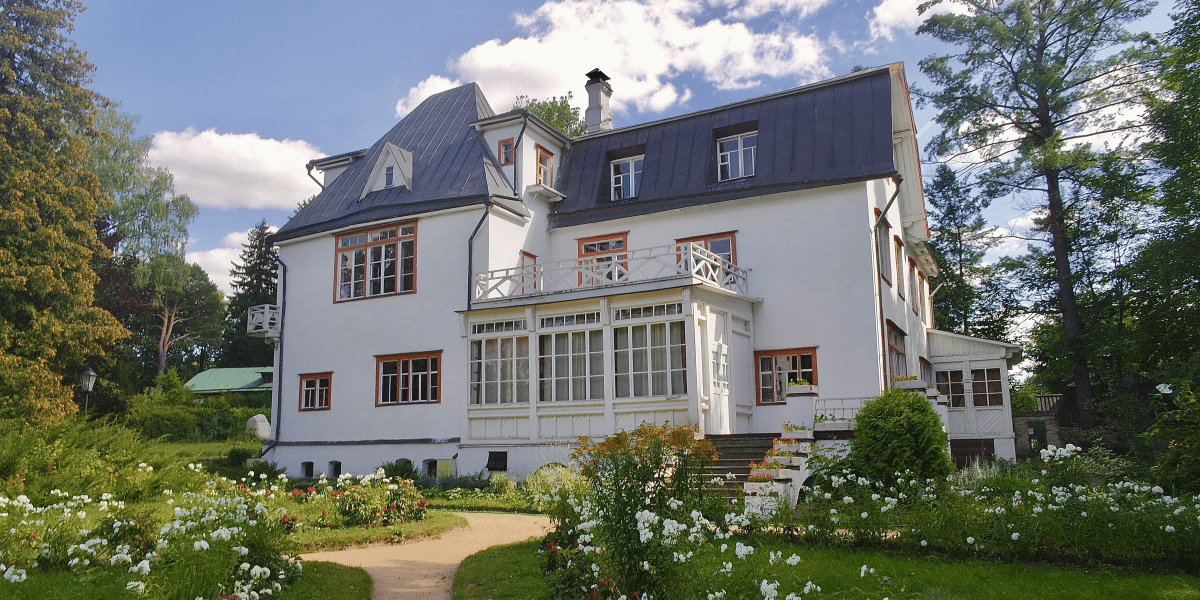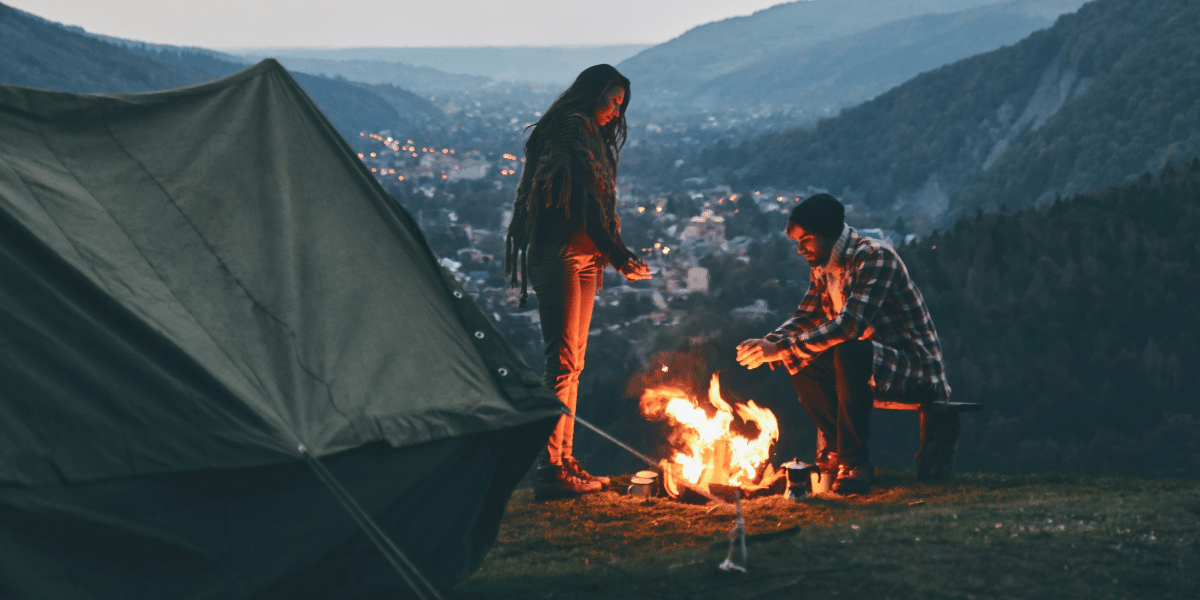Atlanta’s Got Quirky: Festivals That Celebrate the Offbeat
Chomp & Stomp: Chili, Bluegrass, and Foot-Stompin’ Fun
Think festivals are all funnel cakes and country music stars? Think again. Atlanta’s got a wild side, with a whole calendar of events that celebrate the weird, the wacky, and the wonderfully offbeat. Get ready to unleash your inner geek, chili-loving champion, or cosplay enthusiast, because these festivals are unlike anything you’ll find anywhere else.
If you like your chili with a side of bluegrass and a whole lot of community spirit, Chomp & Stomp is your jam. This annual festival in Cabbagetown is a spicy showdown, where amateur and pro chefs compete for the coveted chili cook-off titles. But it’s not just about the food (though tasting all those chili creations is a big part of the fun). Live bluegrass bands keep the toes tapping, there’s an artists’ market with quirky local crafts, and the crowd-favorite 5K run always draws a colorful collection of costumes.
“Chomp & Stomp is like a big neighborhood party with amazing food,” says a festival organizer. “It’s the perfect mix of competition, silliness, and supporting our community.”
Dragon Con: Unleash Your Inner Superhero (or Alien, or Time Traveler…)
Atlanta goes full-on geek with Dragon Con, one of the largest pop-culture conventions in the world. It’s a mind-blowing spectacle of costumes, from painstakingly accurate superhero replicas to outlandish original creations. But Dragon Con is more than just dressing up. It’s about panels on everything from sci-fi writing to prop-making, massive gaming sessions, celebrity encounters, and late-night parties fueled by pure fandom energy.
“Dragon Con is where you can completely be yourself, no matter how geeky that is,” says a long-time attendee. “It’s like walking into another dimension filled with your favorite characters and people who share your obsessions.”
Chomp & Stomp and Dragon Con are just the tip of the iceberg. Atlanta’s festival scene is bursting with off-the-wall events, including:
- Attack of the Killer Tomato Festival: A celebration of all things tomato, from gourmet tastings to the hilarious tomato fights.
- Atlanta Grilled Cheese Festival: Melty, cheesy goodness in every imaginable form. Prepare your stretchy pants.
- Little 5 Points Halloween Festival & Parade: A legendary Halloween extravaganza with a freaky parade and a street market brimming with oddities.
- Tunes from the Tombs: Enjoy an evening concert series set in the historic (and some say haunted) Oakland Cemetery.
Atlanta’s quirky festival scene reflects the city’s creative energy and its willingness to embrace the unconventional. “Atlanta has always had a bit of an outsider spirit,” says a local events blogger. “These festivals give a platform to our artists, our geeks, our foodies… people who like to push boundaries and have a darn good time while doing it.”
Join the Fun: Tips for Your Quirky Adventure
Ready to embrace your inner oddball? Here’s how to make the most of Atlanta’s quirky fests:
- Plan ahead: Popular events like Dragon Con sell out fast, so book accommodations early if you’re coming from out of town.
- Do your research: Check the festival website for dress codes, competition rules, and any ticketed events you might want to catch.
- Embrace the theme: Even if you don’t go full-on costume, a little bit of playful attire adds to the fun.
- Be open-minded: You’ll encounter a fascinating mix of people and interests. Let go of judgment and just enjoy the spectacle.













